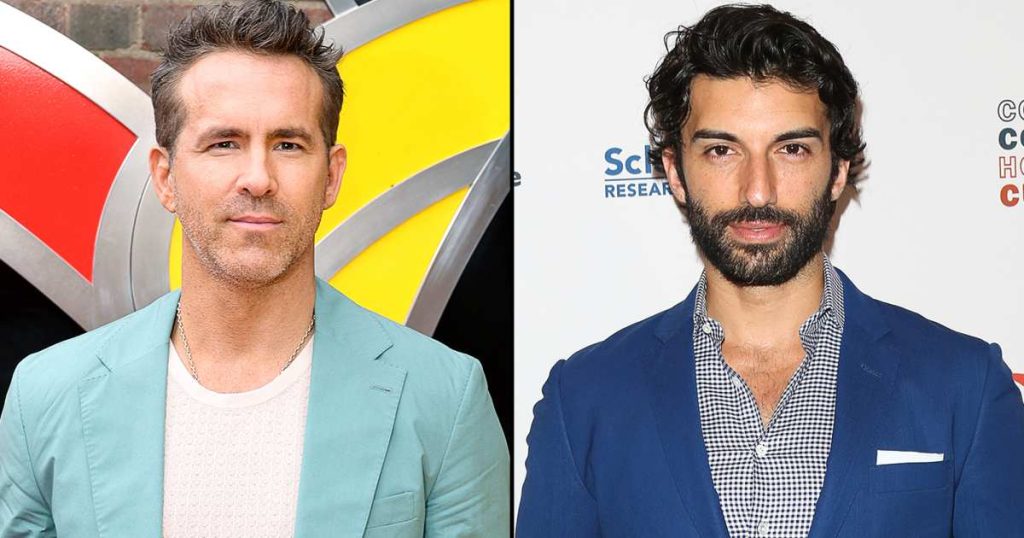The legal battle between Blake Lively and Justin Baldoni, stemming from the production of the film It Ends With Us, escalated dramatically with Lively filing a sexual harassment lawsuit against Baldoni in December 2024. The lawsuit paints a picture of a hostile work environment allegedly created by Baldoni, claiming he subjected Lively to inappropriate conversations and behavior, causing her significant emotional distress. Lively’s lawsuit details specific demands she made to address the alleged harassment, including requests to cease discussions about sexual topics, refrain from showing explicit material, and avoid personal comments about her weight or deceased father. These demands, according to the lawsuit, were raised during a meeting attended by various individuals involved in the film’s production, including Baldoni himself and Lively’s husband, Ryan Reynolds.
Adding another layer of complexity to the situation, reports emerged suggesting Reynolds had blocked both Baldoni and his production company, Wayfarer Studios, on Instagram months prior to Lively’s lawsuit. Text messages obtained by media outlets revealed Baldoni’s concern about Lively potentially taking similar action and his desire to develop a plan of action in anticipation. This preemptive concern suggests that Baldoni was aware of the brewing tension and potential repercussions stemming from the alleged on-set issues. The timeline of events, with Reynolds’ social media block preceding the lawsuit, indicates a growing rift between the parties involved even before the legal proceedings commenced.
Baldoni, through his lawyer, Bryan Freedman, vehemently denied Lively’s allegations, characterizing them as fabricated and malicious. Freedman countered that Lively’s lawsuit was a calculated move to rehabilitate her own public image and to resurrect a negative narrative surrounding the film’s production. He further claimed that Lively had engaged in disruptive behavior during filming, including making threats related to her participation in the project and its promotion. This starkly contrasting account portrays Lively not as a victim, but as a source of disruption who used threats to exert control over the production.
The conflicting narratives presented by Lively and Baldoni paint a picture of a deeply fractured working relationship, fraught with accusations and counter-accusations. Lively’s account emphasizes a pervasive pattern of inappropriate behavior that created a hostile and uncomfortable environment, while Baldoni’s response portrays Lively as the instigator of conflict, using threats and demands to manipulate the production. This clash of perspectives underscores the complexity of the situation and the difficulty in determining the full truth amidst the conflicting claims.
Lively, in a statement, framed her legal action as an attempt to expose retaliatory tactics used against individuals who speak out about misconduct. She denied spreading negative information about Baldoni and emphasized her hope that her lawsuit would protect others from similar experiences. This statement positions Lively’s actions within a broader context of advocating for victims of workplace harassment and holding perpetrators accountable. It suggests that her primary motivation is not personal gain, but rather a desire to create a safer and more equitable environment within the entertainment industry.
The legal battle between Lively and Baldoni represents a highly contentious and publicized dispute with significant implications for all involved. The conflicting accounts, accusations of harassment, and counter-claims of manipulative behavior create a complex web of allegations that will need to be carefully examined through the legal process. This case highlights the challenges in addressing workplace harassment, particularly within the high-pressure and often hierarchical structure of the film industry. The outcome of the lawsuit could have broader repercussions, potentially influencing how such allegations are handled in the future and impacting the careers of both Lively and Baldoni.

